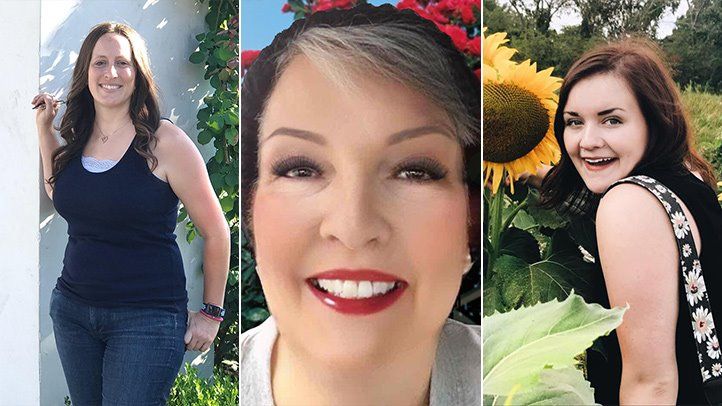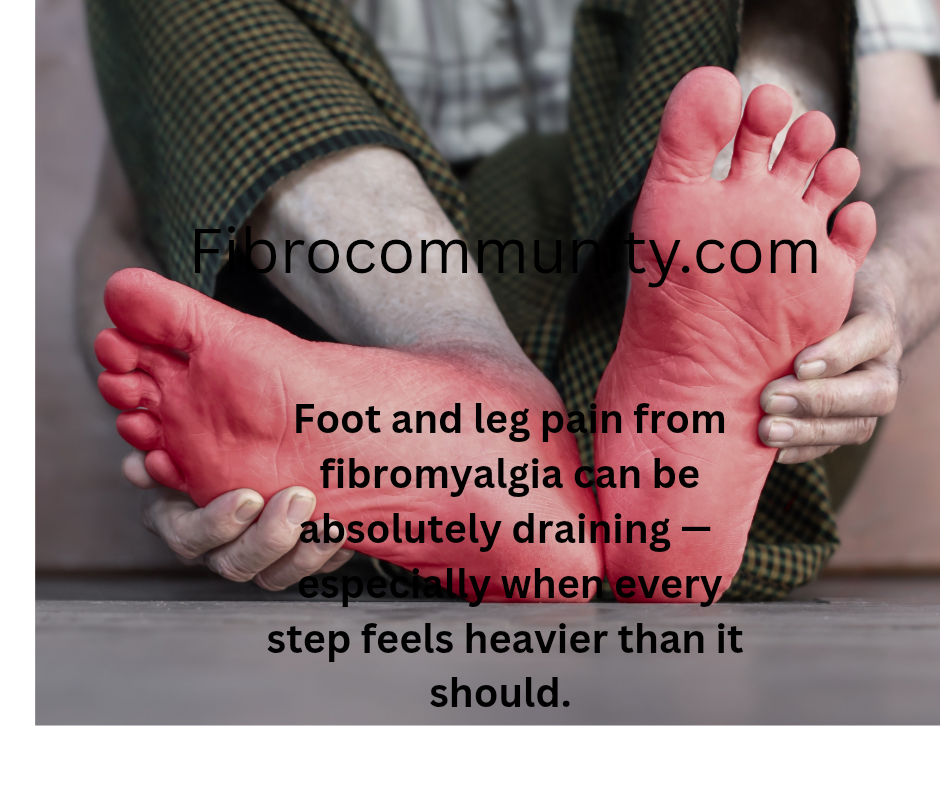While the underlying disease may be broadly similar, fibromyalgia can affect people differently across the age spectrum.
By
Quinn Phillips

Medically Reviewed
by
Samuel Mackenzie, MD, PhD
If you’ve been diagnosed with fibromyalgia, you may have experienced a number of stereotypes about the condition firsthand. One persistent misconception is that fibromyalgia affects mostly middle-aged or older people — specifically, older women.
In reality, fibromyalgia affects a wide range of ages, and both sexes. While it’s more likely to be diagnosed at an older age — about 8 percent of people meet the criteria by age 80, according to the National Fibromyalgia Association — this may reflect differences in screening and reporting of symptoms, rather than simply how common the disease is.
But regardless of how likely you are to have fibromyalgia at a given age, the condition often presents different challenges at different stages in life. That’s both because of social and occupational factors — like whether you’re in school, working a full-time job, or raising a family — and because older people are more likely to have other health conditions.
Here’s some background information on what to expect from fibromyalgia at different ages, along with personal accounts of living with the condition.
Is Fibromyalgia an Age-Related Disease?
While a diagnosis of fibromyalgia becomes more common with age, not all doctors agree that this is based on how common the condition actually is.
“We’ve found that it is not an age-related disease,” says Bruce S. Gillis, MD, a research physician and fibromyalgia expert in Los Angeles, who has developed a diagnostic test for fibromyalgia. “It can afflict young children to the very elderly.”
Younger people, Dr. Gillis says, are often screened for and diagnosed with other conditions, even if their symptoms point toward fibromyalgia. For example, he says, many children diagnosed with ADHD (attention deficit hyperactivity disorder) test positive for biomarkers associated with fibromyalgia.
But while the onset of fibromyalgia may not be more common in older people, Gillis believes that symptoms may vary somewhat with age. “It’s reasonable to assume that the elderly may have more intense symptoms” of fibromyalgia, he says, since they may experience an overall loss of stamina, problems with sleep, and other causes of joint and muscle pain.
How to Reduce Shame and Stigma When You Have an STD
Read More
Furthermore, Gillis notes, older people “often don’t have the ability to exercise as much as they would like, so they end up being in a shut-in type of situation,” which can lead to greater fatigue as well as depression and anxiety.
Getting Diagnosed With Fibromyalgia as a Young Adult
While getting a correct diagnosis of fibromyalgia can be difficult at any age, this issue can be a particular challenge for teenagers and young adults.
“I saw about 10 doctors, trying to see if I could get diagnosed with something,” says Kiley Reitano, a 19-year-old Boston resident who was diagnosed with fibromyalgia five years ago, as a high school freshman. She blogs about living with chronic illnesses at The Spoonie.
Reitano says that her doctors seemed to view a diagnosis of fibromyalgia as something to be avoided. “They didn’t want me to feel limited with a disease that probably wouldn’t go away,” she remembers. “But I really just wanted answers at that point, and didn’t really care what they were.”
Living with fibromyalgia during high school wasn’t easy for Reitano. “While people my age were having normal experiences, I was dealing with this,” she notes. “You get anxious and depressed thinking that you’re not normal, like any high schooler would, but, like, times 10 because you have a chronic illness.”
Currently, Reitano is studying psychology as a college undergraduate, with the hope of becoming an art therapist — a nod to the role art has played in helping her cope with her condition. She’s taking classes online to minimize the risk of missing class due to her health issues.
One upside of taking classes online, Reitano says, is that she’ll graduate sooner. But she recognizes that her condition also sets her apart socially, something that she’s learned to make peace with.
“It’s definitely become my norm, and I know how to deal with it now,” she says. But at times, she says, it has been difficult “just trying to accept the fact that this is my life — especially when I was younger and first starting out with it.”
Dealing With Fibromyalgia in Mid-Career
Dealing with a diagnosis of fibromyalgia while working a busy full-time job also presents unique challenges, as Julianne Davis — a 38-year-old resident of Newbury Park, California, who works in a corporate legal department and was diagnosed with fibromyalgia a little over a year ago — has learned.
Since the onset of her symptoms and her diagnosis, Davis has found it more difficult to get refreshing sleep at night. She tries to increase her sleep quality through regular meditation. “You put the phone away, you turn off your stuff, and you get in that calm place,” she says.
Even when she’s well rested at work, Davis often has to deal with fatigue and brain fog. “I have to write everything down” to help her remember tasks, she says — and even then, “things sort of slip through the cracks sometimes.”
While regular walking can help with fatigue, “Some days, I walk for 20 minutes, and my back is in pain,” she says. Regularly scheduled chiropractic and massage appointments, several times each week, help reduce pain and discomfort.
Adjusting to these new routines hasn’t always been easy. “I think in the beginning, I was putting too much pressure on myself to be like I was two or three years ago,” says Davis. “I’ve become better at just listening to my own body, but that was a big transition for me, letting go of what I think I’m supposed to be.”
Fibromyalgia in Middle Age and Beyond
The onset of fibromyalgia symptoms started around menopause for Robin Dix, a 62-year-old New Hampshire resident who was diagnosed with fibromyalgia eight years ago. She writes a column called Through the Fog at Fibromyalgia News Today.
“Initially, my main symptom was fatigue, more than pain,” she says. But “Over the years, it’s kind of balanced out” to include both.
One factor in her fatigue level, Dix says, is the other illnesses she has developed over the years — including chronic fatigue, adrenal fatigue, underactive thyroid, irritable bowel syndrome (IBS), and gastroesophageal reflux disease (GERD).
“For me it’s gotten worse, so it feels like age has something to do with it,” says Dix. She has also experienced increased muscle weakness in her legs, which makes walking difficult.
“It’s hard to know how interconnected things are,” Dix admits, but notes that “The piece I know is fibro, and nothing else, is overall body pain. It’s not that severe for me, but it’s always there. It’s kind of like background music.”
Brain fog is also a challenge for Dix. “Initially the brain fog wasn’t as bad. It feels like it’s worse now, but part of that might just be getting older,” she says.
While most doctors say that fibromyalgia isn’t a progressive disease, says Dix, “For a lot of people, myself included, our symptoms change over the years.” This may be due, of course, to the onset of other health conditions related to age.
The result of all these symptoms, for Dix, is that sometimes it’s necessary to stay at home rather than see family and friends. “When you have to cancel plans, it’s very lonely,” she says. “You can become very isolated.”
But like her younger peers with fibromyalgia, Dix has found that the internet can provide a social outlet and support. “There are a lot of places online where people can connect, and it makes you feel so much less alone,” she says. “I think that’s so important.”
Reference<https://www.everydayhealth.com/fibromyalgia/fibromyalgia-different-ages-same-condition-different-challenges/



